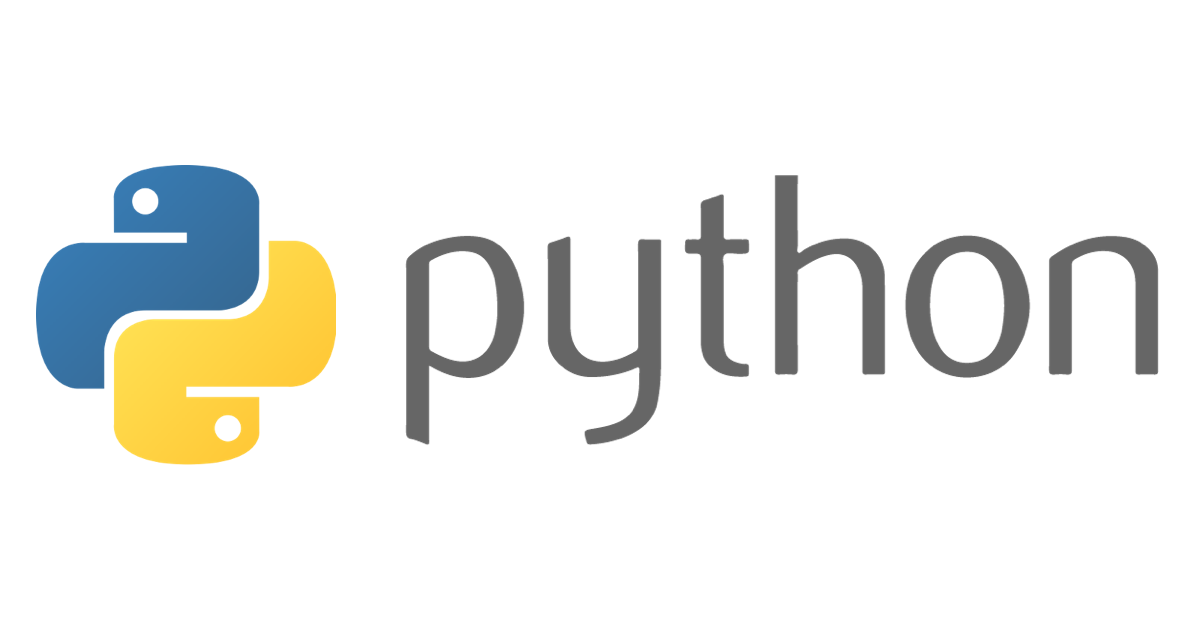
PynamoDB使ってみた
PynamoDBというシンプルにDynamoDBの操作ができるライブラリを見つけたので試しに使ってみました。
概要
以下公式ドキュメントからの引用(和訳)です。
PynamoDBは、AmazonのDynamoDBへのPythonインターフェイスです。 PynamoDBでは、DynamoDB APIをシンプルかつ強力に抽象化することで、すぐに開発を開始できます。
PynamoDB is a Pythonic interface to Amazon’s DynamoDB. By using simple, yet powerful abstractions over the DynamoDB API, PynamoDB allows you to start developing immediately.
インストール
$ pip install pynamodb
2019/08/31現在、最新バージョンは4.0.0です。
データモデルの定義
まずは pynamodb.models.Model を継承するモデルクラスを定義します。
from pynamodb.models import Model
from pynamodb.attributes import UnicodeAttribute
class UserModel(Model):
class Meta:
table_name = "Devio-user"
region = 'ap-northeast-1'
email = UnicodeAttribute(null=True)
first_name = UnicodeAttribute(range_key=True)
last_name = UnicodeAttribute(hash_key=True)
UnicodeAttribute の引数に hash_key と range_key を指定することができます。
DynamoDBは空の値を代入することはできません。
NULL型はサポートしているので、PynamoDBでもnullを許容するかどうかモデルの定義内で指定できます。
nullを許容する属性には引数に null=True を指定しましょう。
テーブル作成
if not UserModel.exists():
UserModel.create_table(read_capacity_units=1, write_capacity_units=1, wait=True)
アイテム作成
user = UserModel("Oka", "Haruna")
user.email = "oka@example.com"
user.save()
1つ目の引数がHash Key, 2つ目がRange Keyに割り当てられます。
アイテム取得
user = UserModel.get("Oka", "Haruna")
consistent_read=true も指定できます。
クエリ
for user in UserModel.query("Oka", UserModel.first_name.startswith("H")):
print(user.first_name)
for user in UserModel.query("Haruna", UserModel.email=="oka@example.com"):
print(user.first_name)
エラーハンドリング
import logging
try:
user = UserModel.get("Oka", "Haruna")
logging.info(user)
except UserModel.DoesNotExist:
logging.error("User does not exist.")
条件付き書き込み
import logging
from pynamodb.exceptions import PutError
new_user = UserModel(first_name='Kadono',
last_name='Takuzo',
email='t_kadono@example.com')
try:
new_user.save(UserModel.last_name.does_not_exist())
except PutError as e:
logging.error('Unable to add new user.')
アイテム更新
user = UserModel.get("Oka", "Haruna")
user.update(actions=[
UserModel.hire_date.set('20180501')
])
アイテムの削除
user.delete()
GSI
from pynamodb.models import Model
from pynamodb.indexes import GlobalSecondaryIndex, AllProjection
from pynamodb.attributes import NumberAttribute, UnicodeAttribute
class ViewIndex(GlobalSecondaryIndex):
class Meta:
read_capacity_units = 2
write_capacity_units = 1
projection = AllProjection()
view = NumberAttribute(default=0, hash_key=True)
class UserModel(Model):
class Meta:
table_name = "Devio-user"
region = 'ap-northeast-1'
email = UnicodeAttribute(null=True)
first_name = UnicodeAttribute(range_key=True)
last_name = UnicodeAttribute(hash_key=True)
view = NumberAttribute(default=0)
view_index = ViewIndex()
DynamoDB localの使用
モデル定義に host にローカルサーバを追加するだけです。
from pynamodb.models import Model
from pynamodb.attributes import UnicodeAttribute
class UserModel(Model):
"""
A DynamoDB User
"""
class Meta:
table_name = "Devio-user"
host = "http://localhost:8000"
email = UnicodeAttribute(null=True)
first_name = UnicodeAttribute(range_key=True)
last_name = UnicodeAttribute(hash_key=True)
まとめ
個人的な所感ですがBoto3よりも直感的に操作ができる印象でした。
更新も活発なようなので、今後も期待です。







